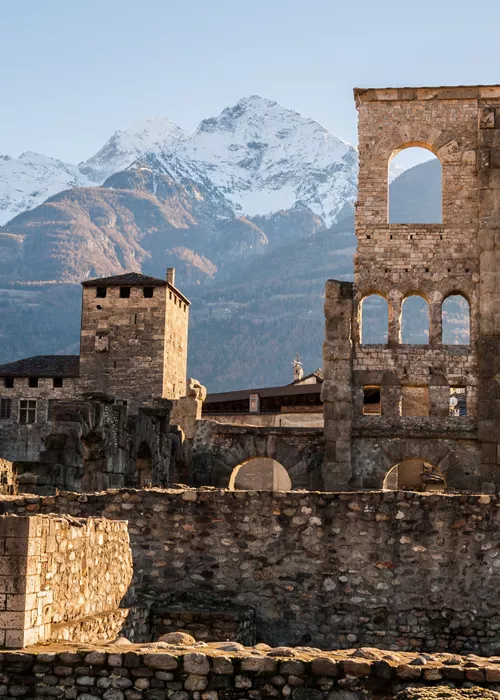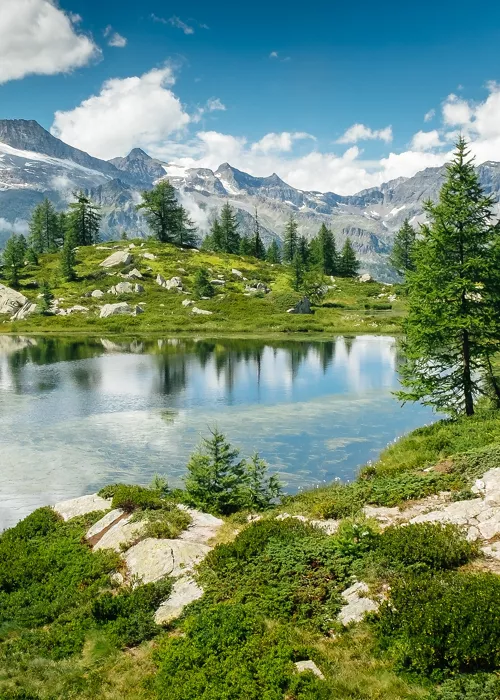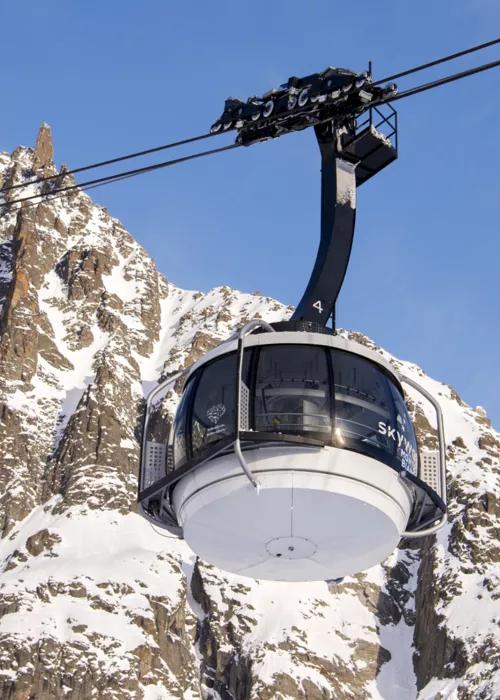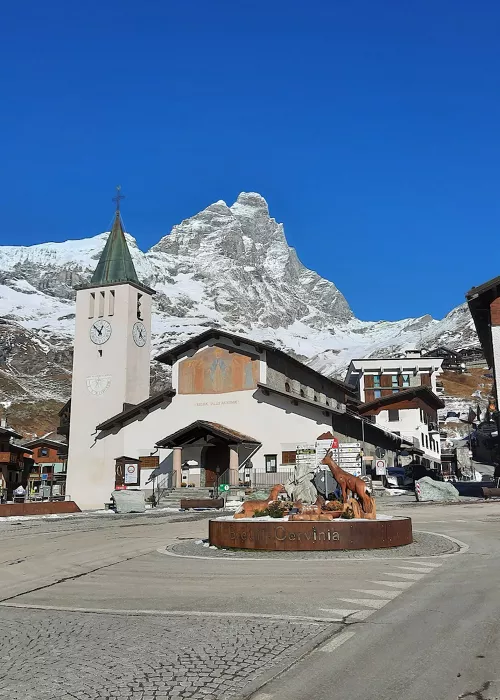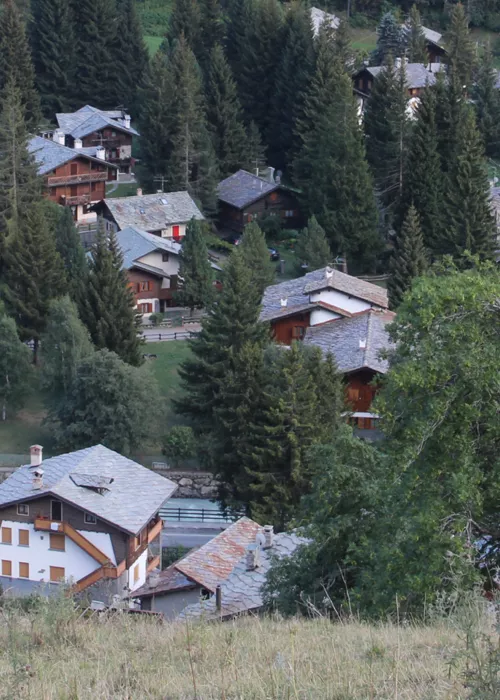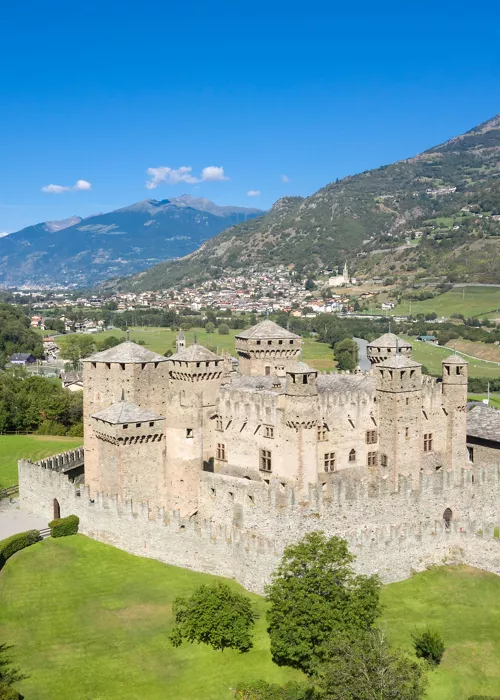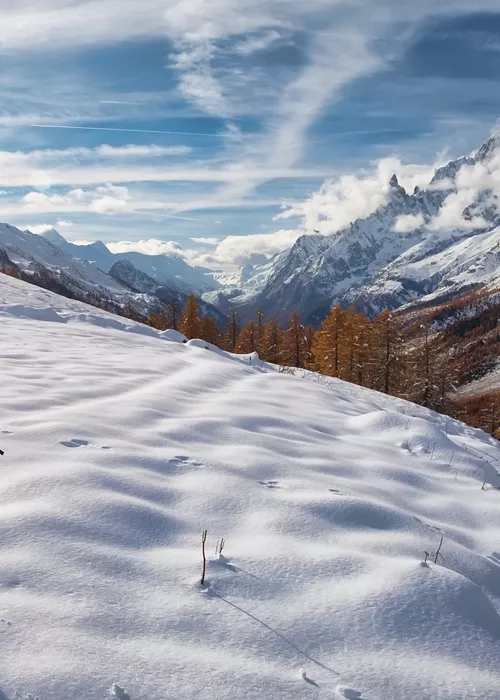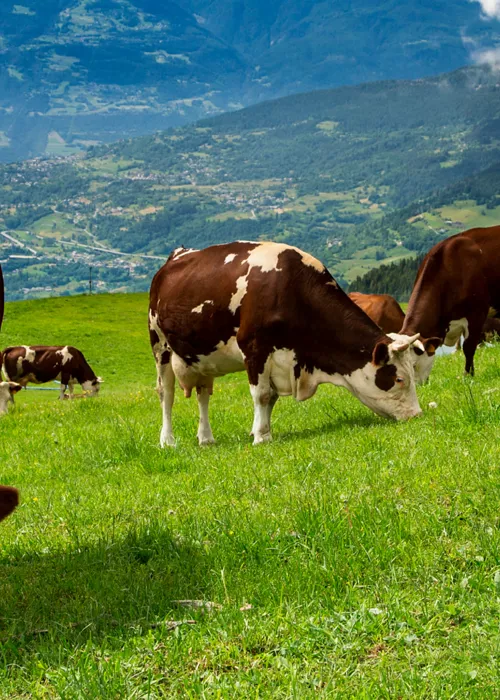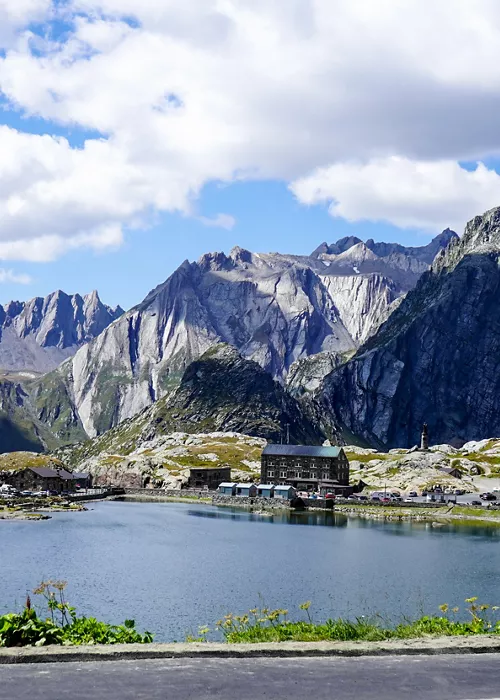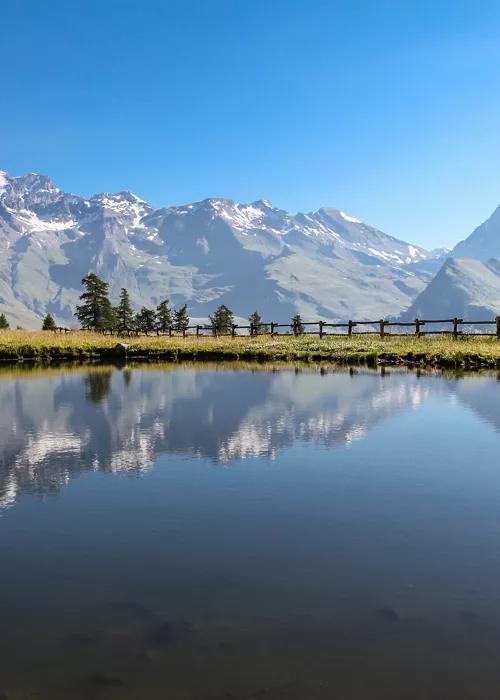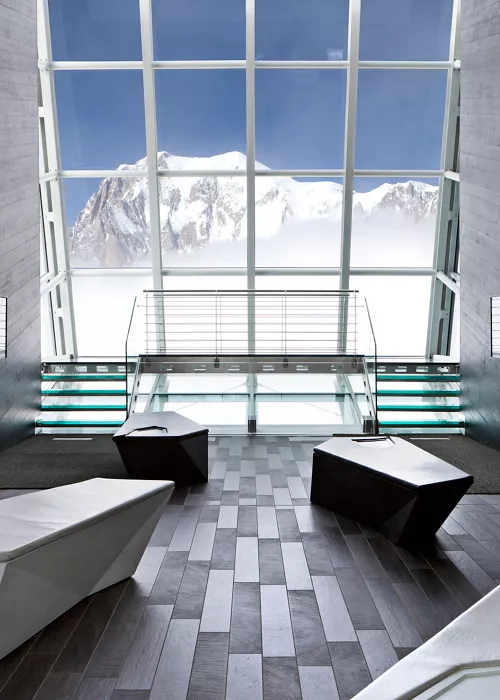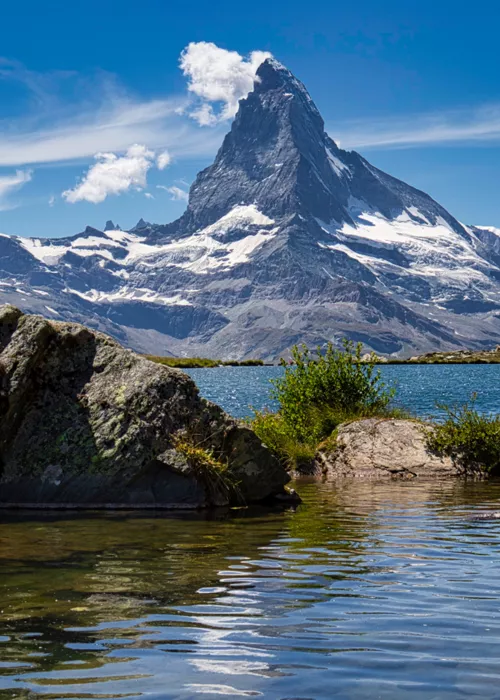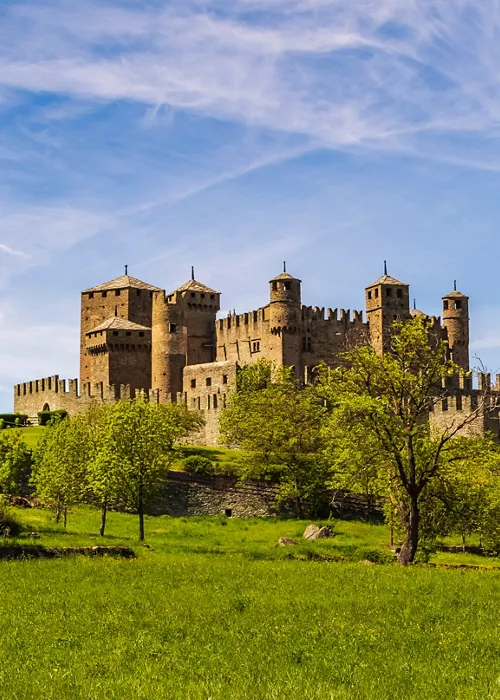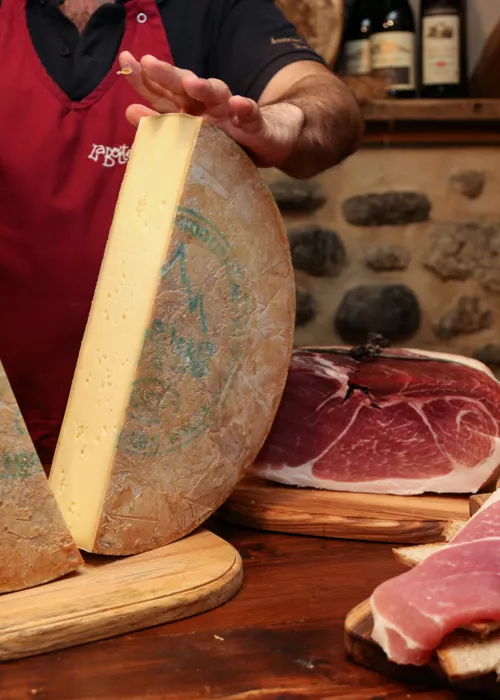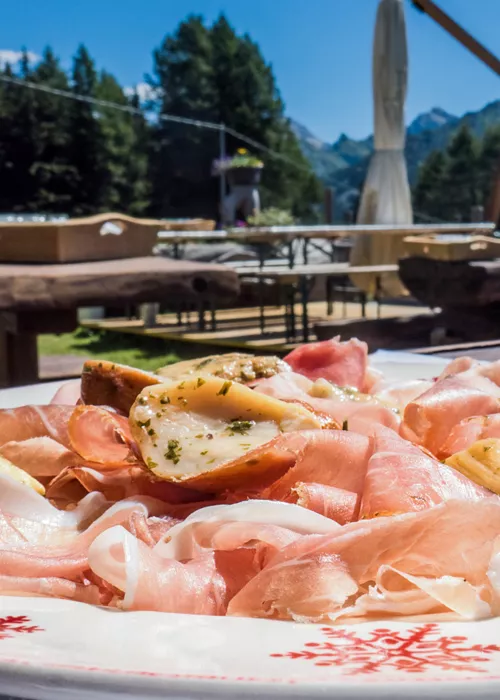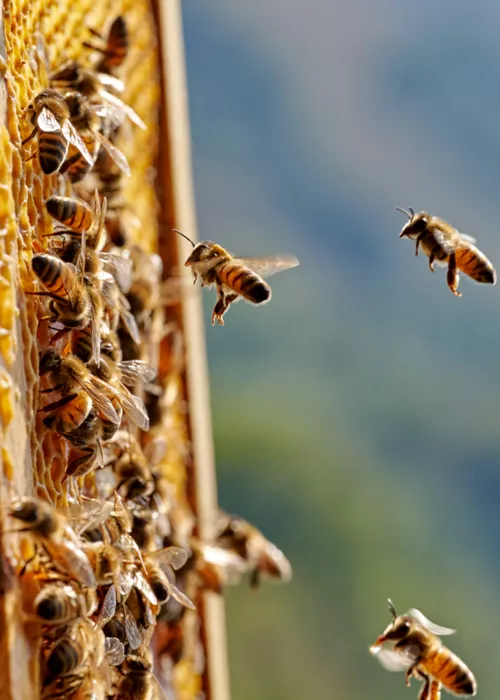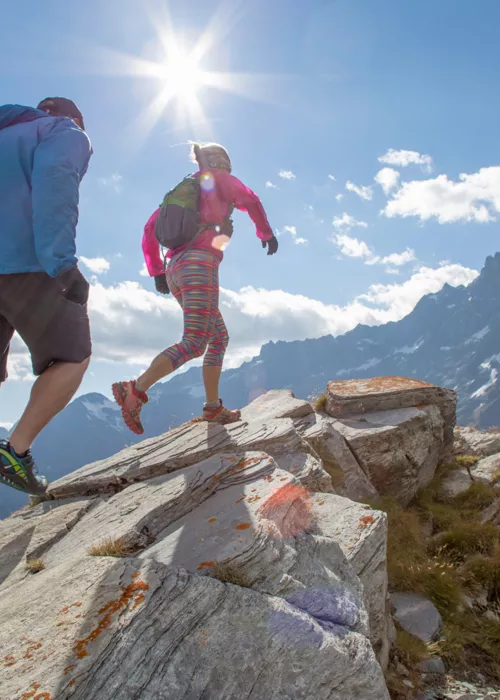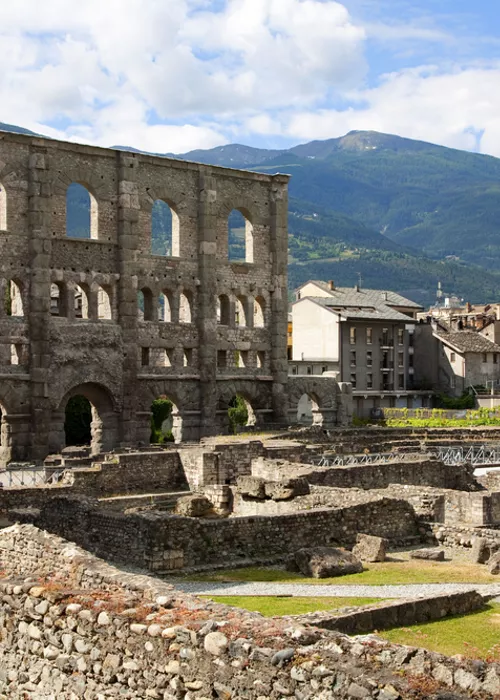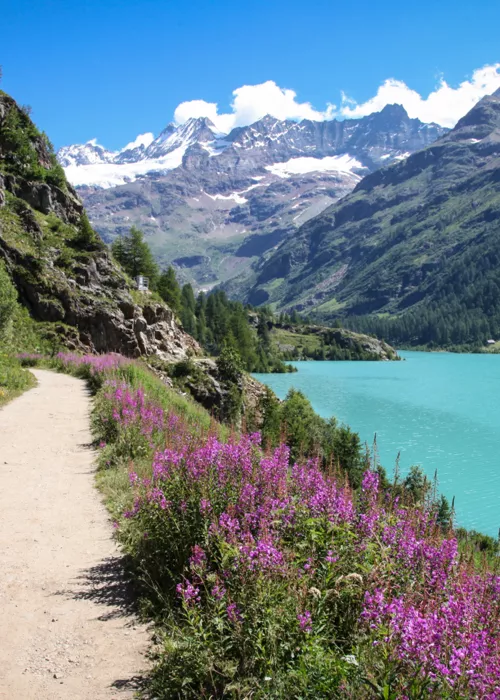Aosta Valley: medieval fortresses and ancient traditions on Europe's highest peaks
5 minutes
The smallest region of Italy, on the border with France and Switzerland, the Aosta Valley is dotted with the highest peaks of the Alps: the Matterhorn, Mount Rosa, Gran Paradiso and the majestic Mont Blanc.
An ideal destination for winter sports enthusiasts, it’s time to don your skis and let your hair down! With green valleys and fairy-tale castles, the Aosta Valley is an enchanting place to visit all year round.
Origins and history of the Aosta Valley
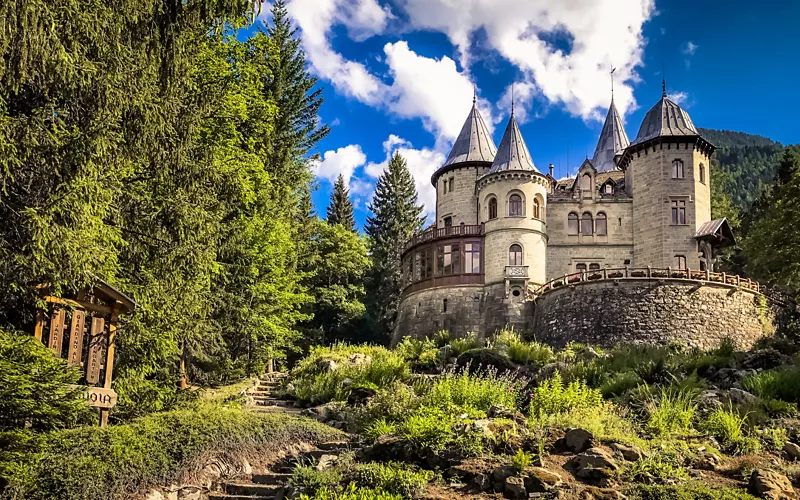
Inhabited since the 4th century BC by the Salassi people, the territory of the Aosta Valley was conquered in 25 BC by the Romans, who founded Augusta Prætoria Salassorum, current-day Aosta, where the imposing Arch of Augustus still stands in memory of their victory.
The roads built by the Romans, such as Via Francigena, which starts here, provided passageway for the Goths, Franks and Lombards until the arrival of Humbert I, Count of Savoy, who, in 1302, turned it into a duchy by granting the population wide autonomy.
After joining the Kingdom of Sardinia in 1847, the Aosta Valley was granted the special statute of the Italian Republic in 1948.
Main towns in the Aosta Valley
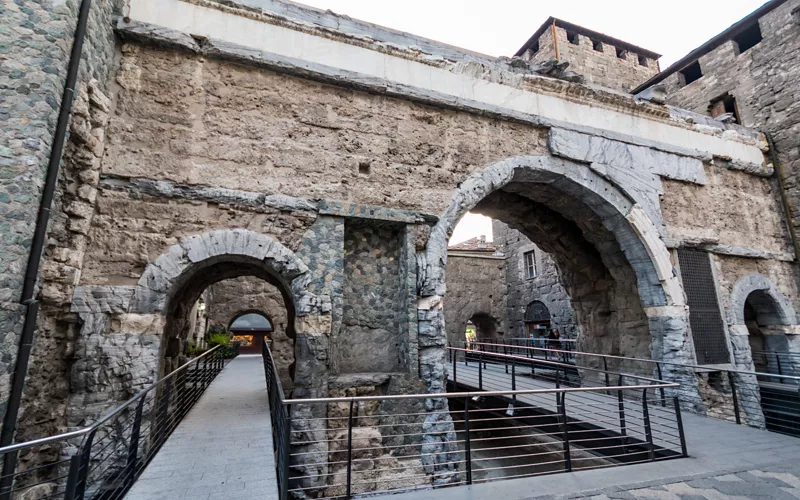
There are still plenty of traces in Aosta of its long domination by the ancient Romans, including the Porta Praetoria and the ruins of the Roman theatre. The Forensic Cryptoporticus, part of the still perfectly preserved ancient forum, is located under the Cathedral, a few steps away from the large Émile Chanoux square.
North of the Gran Paradiso National Park, which includes part of the Aosta Valley territory around the Gran Paradiso massif, you can find various other towns. Courmayeur, on the slopes of Mont Blanc, is a popular destination thanks to its ski slopes and impressive glaciers.
Saint-Vincent e Châtillon, located very close to each other, offer beautiful castles, as well as relaxing spas, state-of-the-art wellness centres and the Saint-Vincent Resort & Casino, one of four in Italy.
What to see in the Aosta Valley
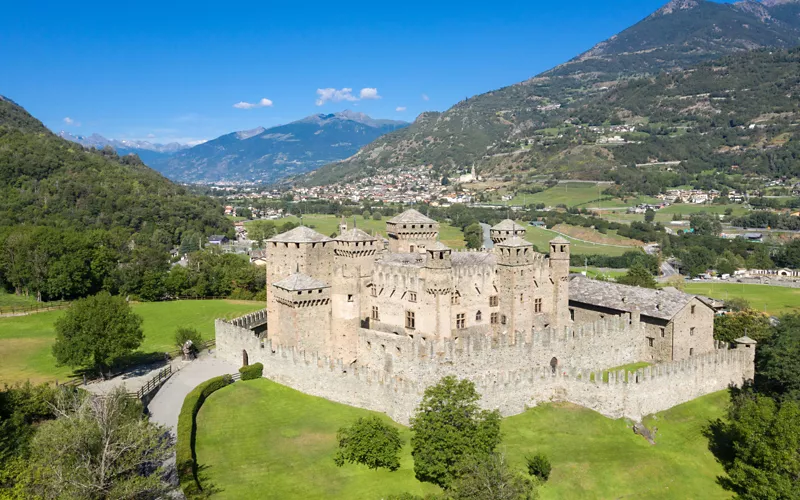
You will be spoiled for choice when it comes to what to see in the natural paradise of the Aosta Valley, nestled between Europe’s highest peaks, such as Mount Rosa and the Matterhorn, bathed by the Dora Baltea river.
You can put your skills to the test on the slopes of the two mountains at the Cervinia – Valtournenche ski resort, in both winter and summer, and let yourself be enchanted by the magical waters of the Blue Lake of Cervinia at an altitude of 1,981 metres, or by the fairy-tale-like town of Ayas, where you will find the village of Champoluc.
Further south, Gran Paradiso stands tall amid pristine nature, castles, valleys, ski resorts and traces of ancient Rome, such as the Pont d'Aël aqueduct.
Towards the border with France, dominated by the 4,807-metre-high Mont Blanc, you can enjoy the scenic, natural beauty of the comune of La Thuile, offering glaciers, walks and mountain biking along the Little Saint Bernard Pass.
Slightly further north, near the town of Courmayeur, you can immerse yourself in summer in the beautiful Val Veny, with its majestic glaciers, or in Val Ferret, with its green walks, the magical Bosco del Peuterey park, Lake Miage and Lake Combal, and the ancient Notre Dame de Guérison sanctuary.
Unusual places in the Aosta Valley
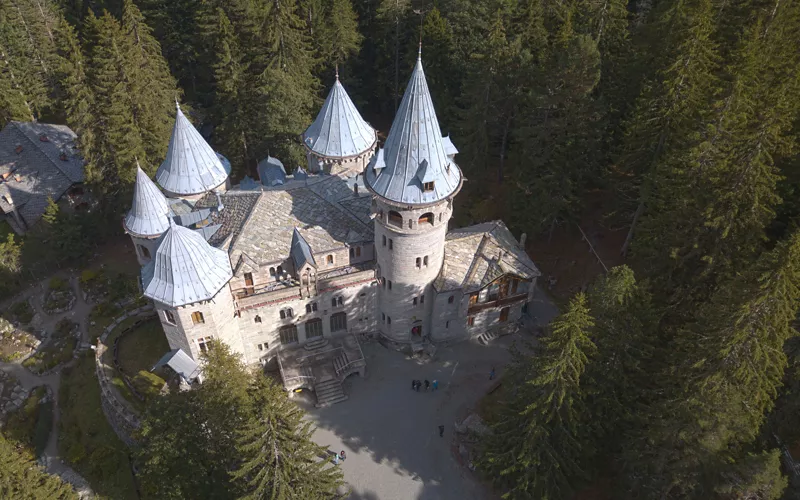
If you’re searching for unusual sights in the Aosta Valley, the best place to start is the capital, Aosta. You will find the 12th-century Bramafam Tower, built along the ancient city walls, and the Paleochristian Church of San Lorenzo, hidden under the local parish church, which houses the tombs of the three bishops who lived between the 5th and 6th centuries.
The Valpelline, the longest side valley in the region, is a pristine place where you can wander among valleys, alpine lakes and refuges far from the beaten tourist track.
In the heart of Valle del Lys is the enchanting town of Fontainemore with its medieval bridge, the church of Sant'Antonio Abate and an adventure park nestled in dense forests.
Typical products of the Aosta Valley
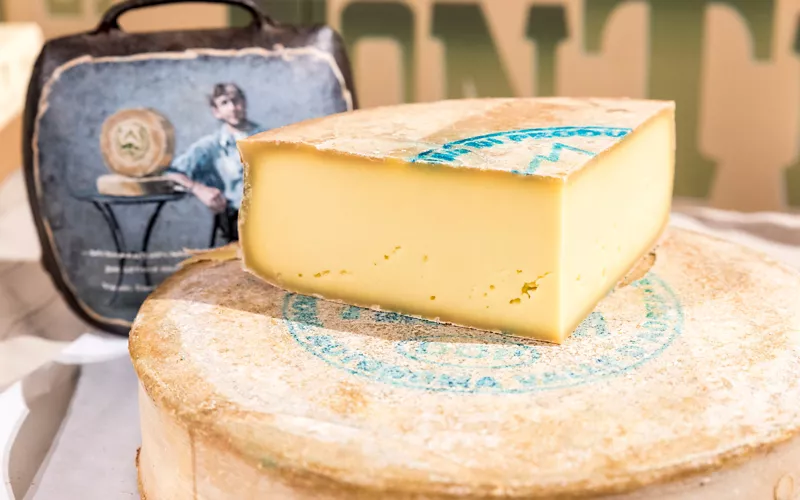
Prepare to be tempted by the flavours of the Aosta Valley, starting with the king of charcuterie, Jambon de Bosses, a prized raw ham with an aromatic and fragrant flavour and a sweet aftertaste. Lard d'Arnad, the only PDO lard in Europe, pairs perfectly with Fontina cheese made with milk from three breeds of Valdostan cows.
Fontina cheese also stars in the dish polenta concia, which is wetter than the traditional polenta because of the added regional cheeses.
The Golden Delicious apple, the most cultivated fruit in the Aosta Valley, offers fragrant flesh and a sweet taste. If you’re craving an apple pie, you have to try the Rennet apple, another iconic regional fruit.
After a rich meal, why not treat yourself to a glass of Genepy? This ancient liqueur is obtained from the alcohol maceration of Artemisia Alpina, and goes perfectly with torcetti valdostani, exquisite, sugar-coated biscuits.
Aosta Valley events
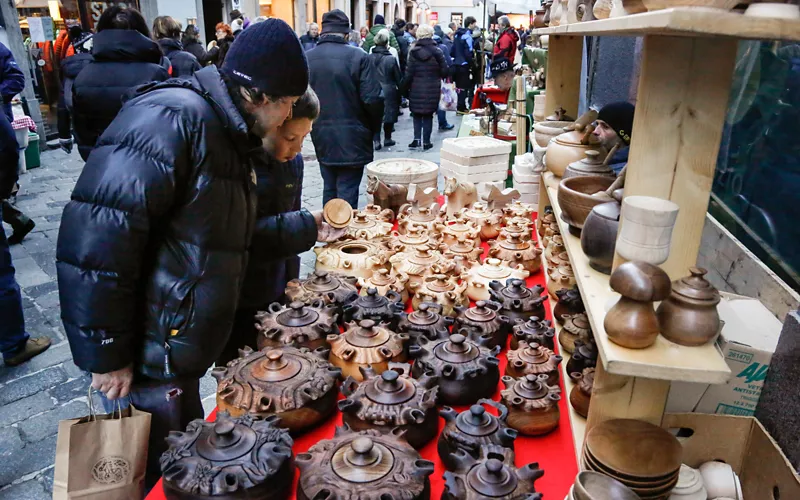
From the end of November to 6th January, the Christmas spirit sweeps through the historic centre of Aosta with the traditional Marché Vert Noël and the more than 30 chalets that line the archaeological area of the Roman Theatre. At the end of January, the town also celebrates the thousand-year-old Sant Orso Fair, dedicated to Valdostan handicrafts, followed in August by the Sant Orso Summer Fair.
On Valentine's Day, Courmayeur embraces lovers with a festival in honour of the town's winter patron saint. At the end of summer, the region celebrates the désarpa, the moving of cattle from the mountain pastures back to the valley floor, on 29th September, the feast day of Saint Michael.
The event the locals hold most dear is the Battle of the Queens, non-bloody fights between Valdostan cows in which they push each other using their horns in a series of battles every Sunday between spring and autumn until the final in October at the Aosta arena, where the winning cow, the Queen, is declared in each of the three weight categories.


